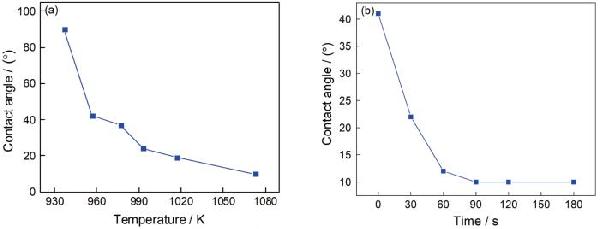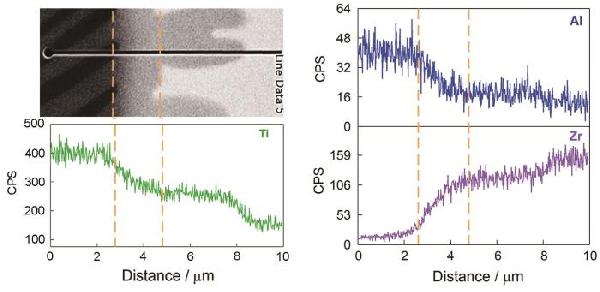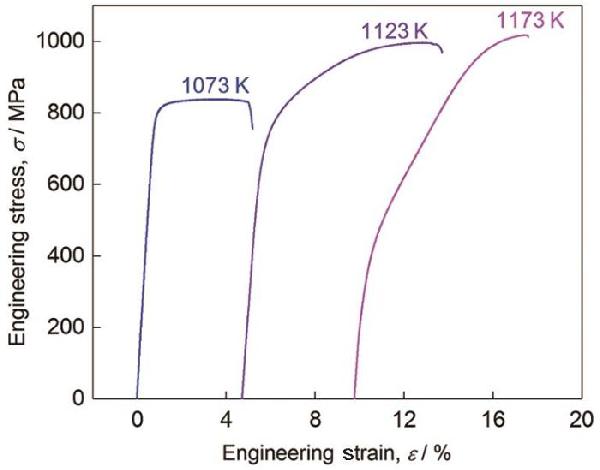
全部
▼
搜索
熱搜:
 941
編輯:中冶有色技術網
來源:林師峰,徐東安,莊艷歆,張海峰,朱正旺
941
編輯:中冶有色技術網
來源:林師峰,徐東安,莊艷歆,張海峰,朱正旺



| Compositions | Al | Ti | Cr | Ni | Cu | Zr | Nb | Mo | Sn |
|---|---|---|---|---|---|---|---|---|---|
| Dendrites | 4.72 | 69.61 | 1.27 | 1.99 | 3.60 | 16.98 | 0.25 | 1.03 | 0.54 |
| Metallic glass matrix | 3.69 | 58.07 | 1.13 | 5.37 | 7.95 | 23.56 | 0.44 | 0.42 | 0.31 |




 分享 0
分享 0
 舉報 0
舉報 0
 收藏 0
收藏 0
 反對 0
反對 0
 點贊 0
點贊 0

